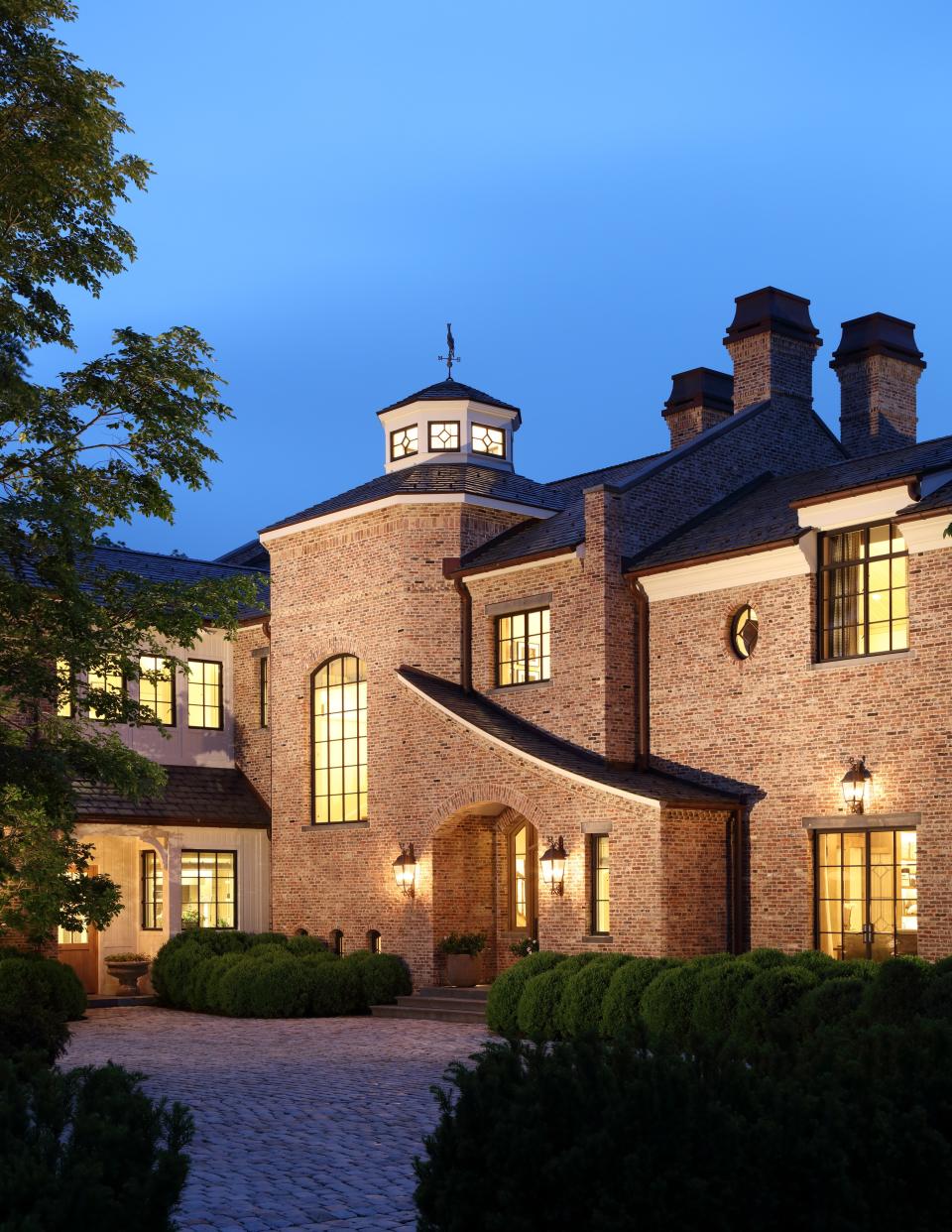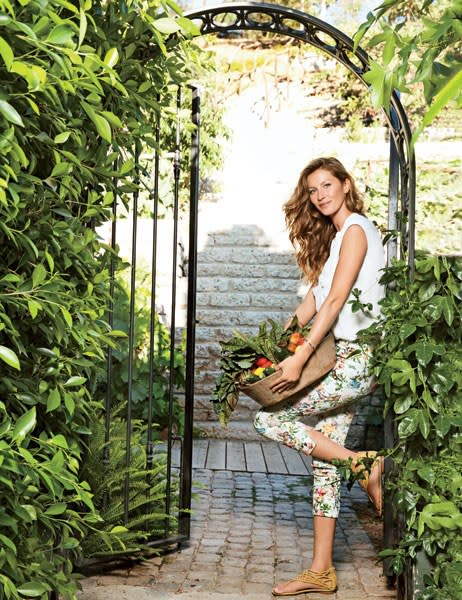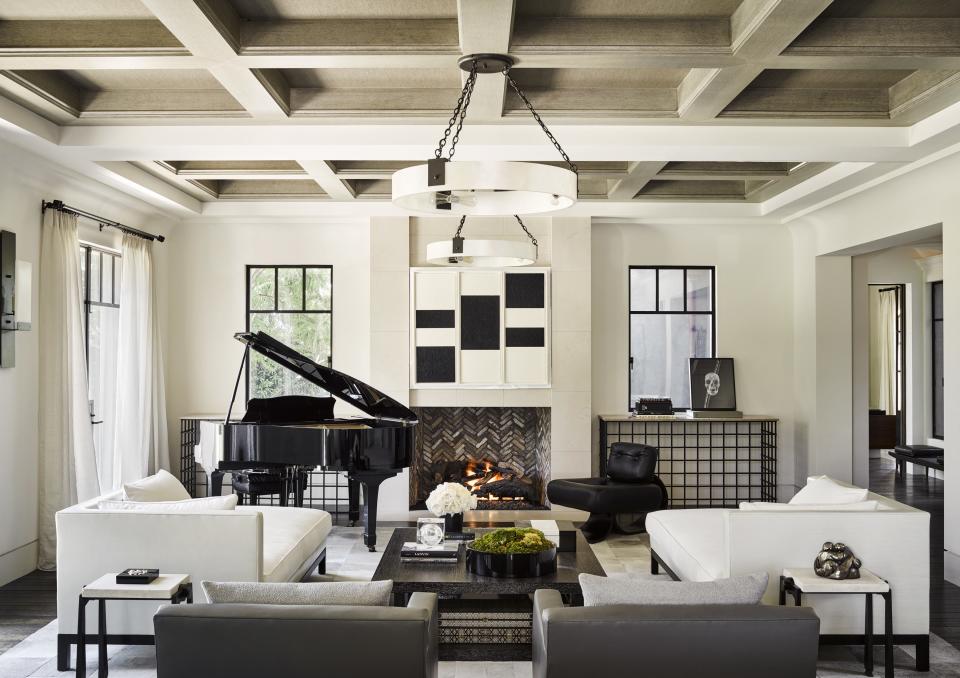Richard Landry Monograph Explores the Designer's Impressive Range
The title pretty much sums it up. Modern to Classic: Volume II, the monograph dedicated to Los Angeles’s Richard Landry and his firm, Landry Design Group, surveys recent projects that move easily and elegantly across the spectrum of design languages. Dexterity has always been a hallmark of the work of the AD100 designer and his team, as evidenced by the first volume of Modern to Classic, which was published a little more than a decade ago. But as architecture critic Paul Goldberger points out in his foreword to this second edition, Landry’s newer body of work demonstrates not only a heightened level of confidence but also a greater predisposition to modernism in both style and sensibility.
“This new book might also have been called Classic to Modern, inverting the earlier title, because while the array of styles is still present, it has been clear for some time that Landry is moving, slowly but steadily, toward a more modern form of expression,” Goldberger writes. “There is more glass, and more openness, in his newer work, and in almost all of his newer houses, whatever the style, we see and feel his buildings as shapes, not just as exercises in one architectural language or another.”

The Boston home of Tom Brady and Gisele Bünchen.
The book presents 15 completed houses and 25 projects still in progress. On first inspection, the range of styles is dizzying. There are French châteaus, Spanish Colonial Revival haciendas, Italian Renaissance palazzi, and modernist manses of every stripe. But none of the projects is designed as a slavish reproduction of any particular historical style or archetype. Instead, each house is interpreted through Landry’s lingua franca of proper scale, proportion, massing, context, and detail.
“Quality is what it’s about, whatever style you’re interpreting,” Landry insists. “We’re never going to build a French château the same way it was built in the 19th century. The world has changed! We may borrow stylistic cues and ideas about ornament from earlier periods, but our clients want to live in a modern way,” he adds. “That means different things to different people, so every house has to have its own integrity, its own idea, regardless of what style label you want to attach to it.”

Gisele Bündchen
Two of Landry’s more high-profile houses—or houses for more high-profile clients, to be exact—demonstrate his elasticity in adapting traditional forms to the exigencies of contemporary life. From the exterior, the erstwhile Los Angeles home of football legend Tom Brady and supermodel Gisele Bündchen (AD, October 2013) looks like a fairy-tale French château, replete with a mansard roof and moat. Kourtney Kardashian’s Calabasas residence, on the other hand, has the sun-kissed allure of a Mediterranean villa crowned with traditional terra-cotta tiles. But the interiors of both houses, in plan and architectural detail, share a similar design quality distilled from relevant architectural precedents yet orchestrated to the rhythms of contemporary family life.

The Calabasas home of Kourtney Kardashian.
“It’s never as simple as making a house that’s classically French or Italian on the outside but crisp and modern on the inside,” says Landry. “You have to create houses that feel organic, seamless, and holistic. The architecture and interiors need to respond to one another, and they both need to communicate with the site, wherever it is. That’s our challenge—and our joy.”

